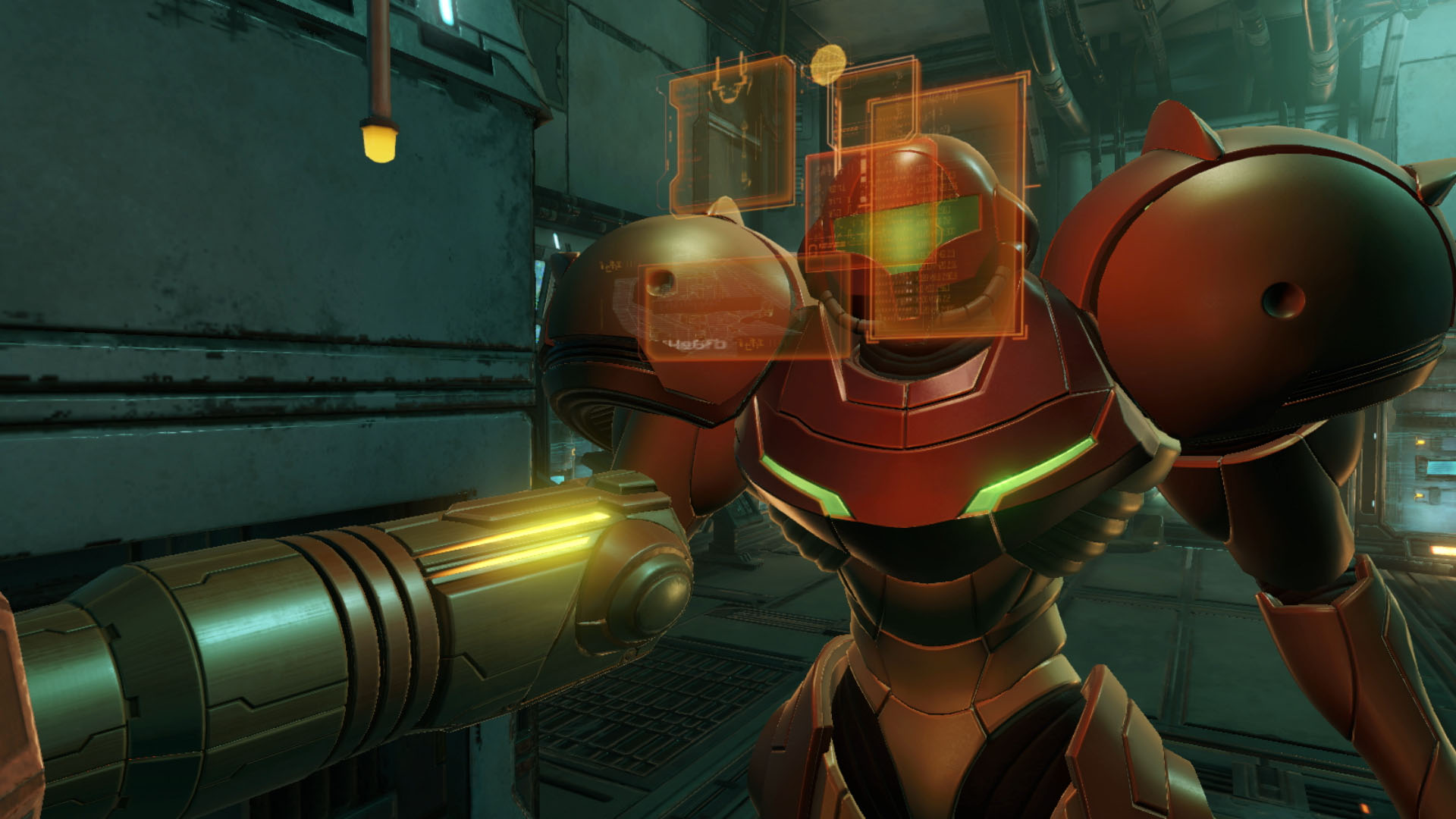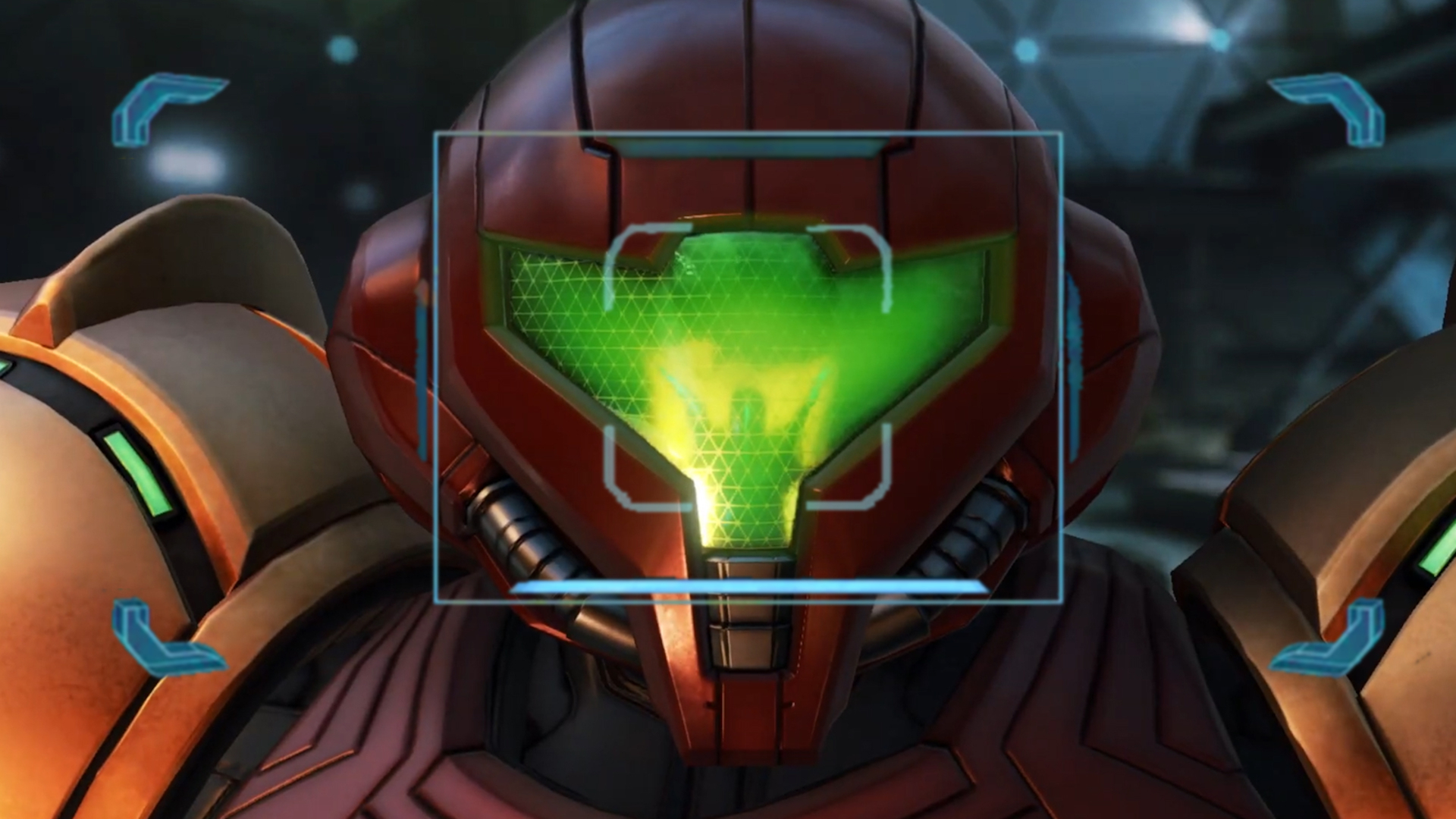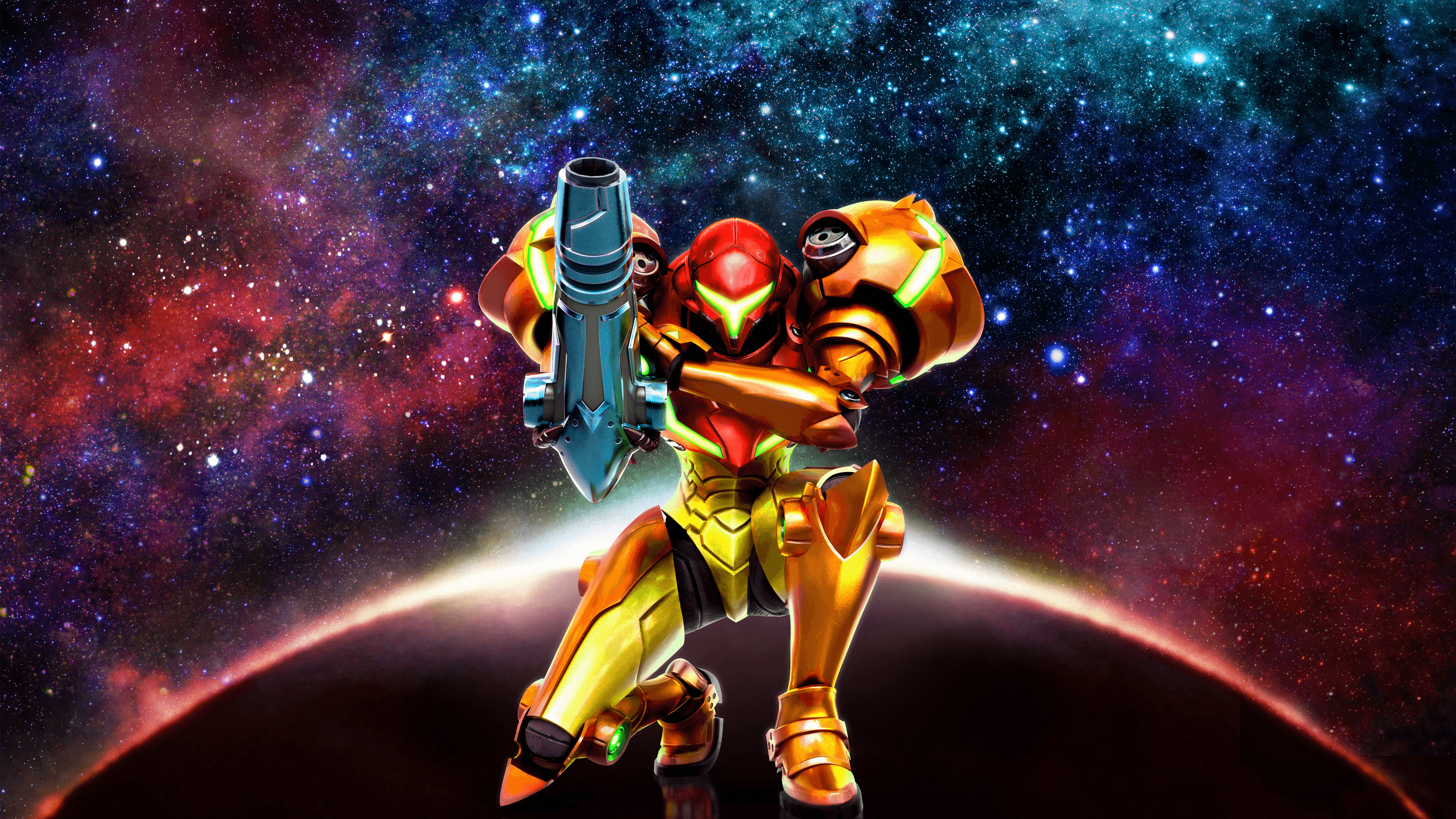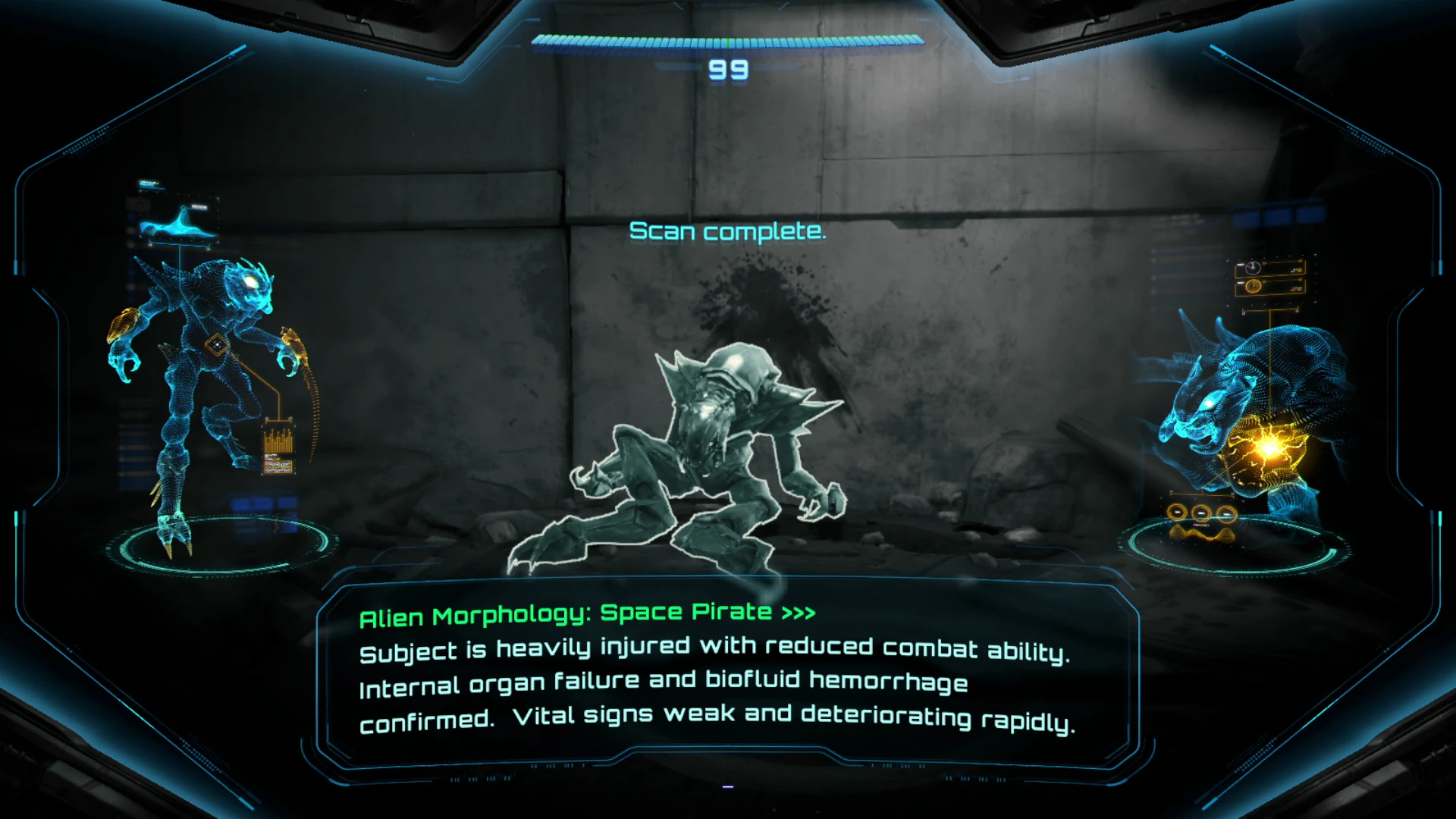Metroid Prime has been making gamers love reading since 2002
Opinion | Nintendo's book smart bounty hunter proves that showing is better than telling

Exposition is a fickle instrument in the writer’s toolbox. Too little, and your audience struggles to properly comprehend the scenes playing out before their eyes. Too much, and they drown in a sea of information without the necessary emotional weight to ground it. "Show, don’t tell" has become a cornerstone of scene writing for this reason - If you show just enough for the audience to fill out the rest themselves, you simultaneously avoid the issue of overburdening them with information while they get the satisfaction of reaching the answer with little help.
There are few video game series that so masterfully control the use of exposition as Metroid. While the sci-fi series does have a vast lore connecting 17 games over 39 years, engaging with all of it is entirely optional. For most players, you’re simply dropped into a new hostile alien planet with only your wits and a recently-nerfed Power Suit (every time!). Rather than telling the player where to go with sudden text boxes and immersion-breaking tutorials, Metroid opts to show. If the player explores with care, they’ll see subtle signposts that vary from oddly textured stone walls, to enemies placed so precisely you can grapple up to a ledge with their bodies. This ‘invisible guide’ design works perfectly in the 2D entries in which players can see a whole screen around Samus, but when the player is limited to just Samus’ own first-person perspective in the Prime games, a new idea is needed to make up for the reduced viewing area.
Through a scanner darkly


Hopefully Samus' visor comes in handy for taking on her next big rival, whose identity may have been teased for 17 years
Enter the Scan Visor. While players will spend the majority of their time using the Combat Visor to blow away other life-forms with a multitude of beams and missiles, the inquisitive Scan Visor is just as important as its violent counterpart. Rather than just a game-y mechanic disconnected from immersion, the Scan Visor is Samus’ in-universe method of obtaining information on the planets, creatures and century-spanning history of the various civilisations she inevitably ends up destroying (for the greater good, of course).
The immersion this choice creates cannot be overstated. Not only does it serve as a compelling avenue into understanding the worlds presented, but it also functions as a neat workaround to make exposition feel more subtle, even if it is truthfully still a lot of information; it avoids the trap of immersion-breaking cutscenes or convenient lore delivery from an NPC (although, this necessary evil does still occur a few times throughout the series).
There’s also the implication that Samus is writing almost all of the scanner's entries herself and saving them in her Logbook as she discovers more about these alien environments, suggesting the bounty hunter is constantly improving her knowledge and preparation of the galaxy for future missions. The fact that not every entry is written by Samus is also used to clever effect in the differentiating tones used by other writers - a highlight of this is the darkly comedic entry in which the Space Pirates log their attempts at recreating the Morph Ball technology, with morbid results.
Optional optics

Most importantly, other than a few cases in which it’s required to find or activate some progression-blocking elements of the environment, the Scan Visor is largely optional. The "show, don’t tell" approach is still employed as the baseline of Prime’s world design, as players are encouraged to explore and make connections between areas and objectives themselves, and thus can choose how much they wish to interact with the Scan system. If you’d prefer to challenge yourself and figure everything out on your own, you can simply not use it. If you couldn’t care less about worldbuilding and just want to move forward to the next boss, you’re free to do so.
The freedom in exposition created by the Scan Visor’s innovative design makes the Metroid Prime series feel uniquely natural and subtle in its delivery of information to the player. Rather than being forced to read an encyclopedia of Metroid lore, the player is instead willingly studying the world through Samus’ eyes. After all, there are few stronger examples of ‘show, don’t tell’ than seeing exactly what the character sees.
Weekly digests, tales from the communities you love, and more
As we wait for Samus' next adventure, here's everything we know about Metroid Prime 4

With words in publications such as EDGE magazine, PCGamesN, The Gamer, Into The Spine and many others, Ashley is a freelance journalist gradually making her way up the industry, experienced in features, reviews, news, guides and previews. She specializes in discussing gender identity and queer life's intersection with games, film and other media, but is truly in her element when writing (professionally or not) about the Like a Dragon series; mention Kazuma Kiryu and Ichiban Kasuga around her only if you're prepared to lose an hour of your life.


